【インターンシップレポート】'Animal Welfare League in Queensland' Cui Yueduo
2020年3月12日 17時59分Agro-Biological Resource Sciences, Graduate School of Life and Environmental Sciences,
Cui Yueduo
I visited at the Animal Welfare League in Queensland (AWLQ), Gold Coast Rehoming Center, from 1th August to 31th October, 2019. As Gold Coast achieved great success in improving adoption rate, I conducted interviews at AWLQ, and did a participatory observation of an adoption and rehoming facility to collect data on the management and operation as a volunteer. Purpose is to define the working system of controlling cat population through understanding how each relating stakeholder is cooperate, which is important to reduce the cat predation impact to wildlife.
I worked at cat team, dog team and small animal (guniea pig & rat) team respectively. Main tasks in all teams are feeding, cleaning pens/cages, checking the health status of each animal. For dog and cat, the rehoming center is divided into two areas respectively, which are quarantine area and rehoming area. The captured or abandoned dogs or cats from city pound or owners will first be sent to quarantine area for health checking and behavior observation, in order to judging whether the individuals are available for adoption. Only staff, vets and authorized volunteers are allowed to enter quarantine area. After checking and treatment, the healthy and sociable dogs or cats then can be sent to rehoming area waiting for adoption.
Volunteer at dog team need to take dogs out for exercises besides the main tasks. At cat team, I was qualified to have chance to help in quarantine area, where I found they also have problems of lacking labors. It is always dogs are more popular than cats in Australia, as a result, volunteers in dogs are relatively more than cats while the number of cats in rehoming center is always more than dogs. Therefore, AWLQ is actively publishing various programs, such as National Desexing Network program to support low-income family to desex their pet cats, building community clinic next to the rehoming center to encourage owners to treat their sick pets with low price, preventing them abandon their pets to the shelter.
Through observation of the facility, daily communication with staffs and other volunteers and interview to the managers, I discovered that AWLQ understands the importance of both animal welfare and wildlife protection. They are open about information inside the rehoming center, including the number of euthanized dog and cat every year, the environment inside the rehoming center, etc. They believe transparency of shelter is one of important factors to engage community to support the activity of cat population control. Other than transparency, it is essential to fill in gaps for each stakeholder’s recognition to cat management method until a consensus is reached as each stakeholder held different attitude and perception. In order to earn the support from the stakeholders, any legislation or program for cat population control has to benefit them. AWLQ has been actively building relationship and strategies with all the stakeholders and largely depending on communities for better cat population control, which has achieved great success. This could be a good example for some regions in Japan to refer as Japan also faces the problem of cat overpopulation, in order to achieve the purpose of reducing cat predation on endemic species and protecting wildlife.
Fig.1 Inside the cat pen in cat rehoming area (from window side)
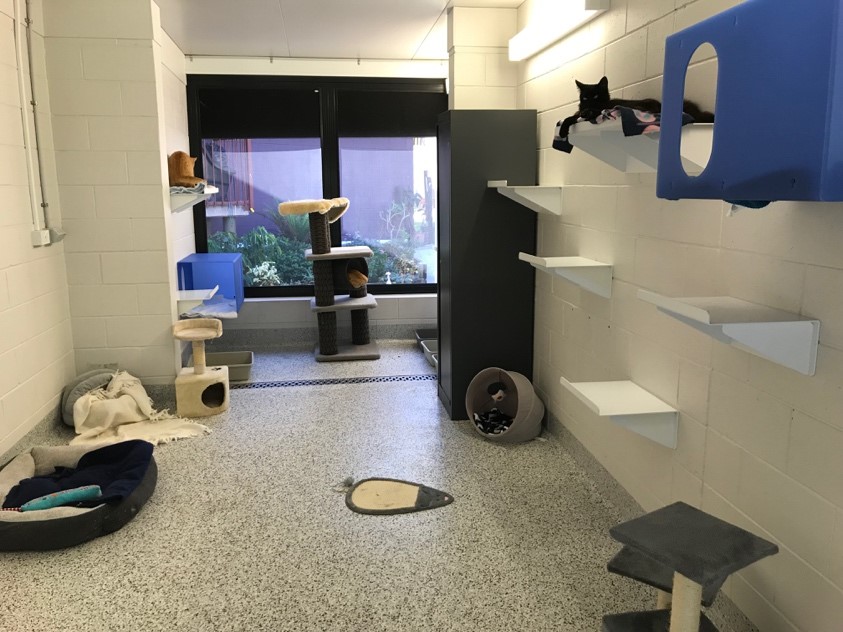
Fig.2 Inside the cat pen in cat rehoming area (from door side)
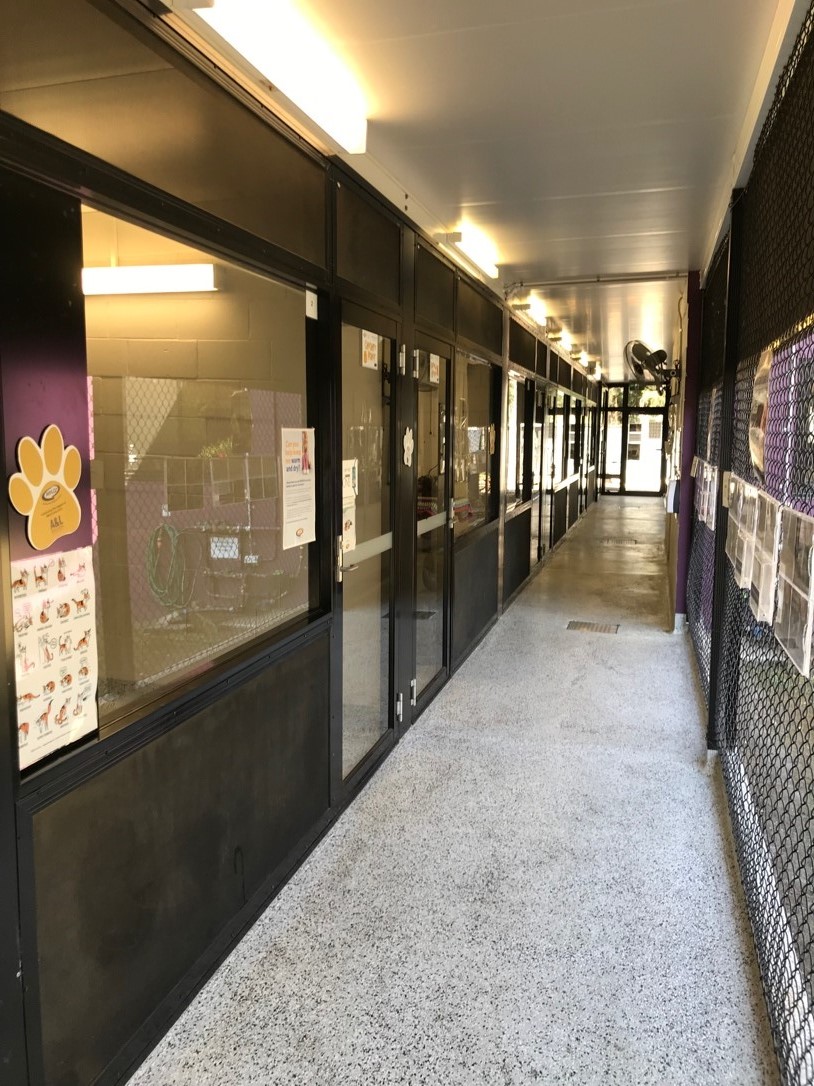
Fig.3 Hallway of cat rehoming area
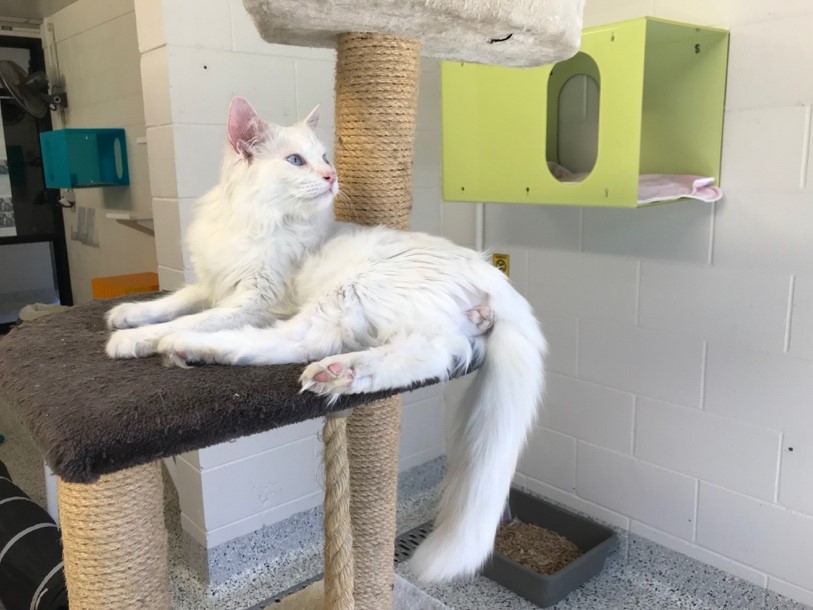
Fig.4 Every cat pen has cat palls and toys for cat enrichment in cat rehoming area
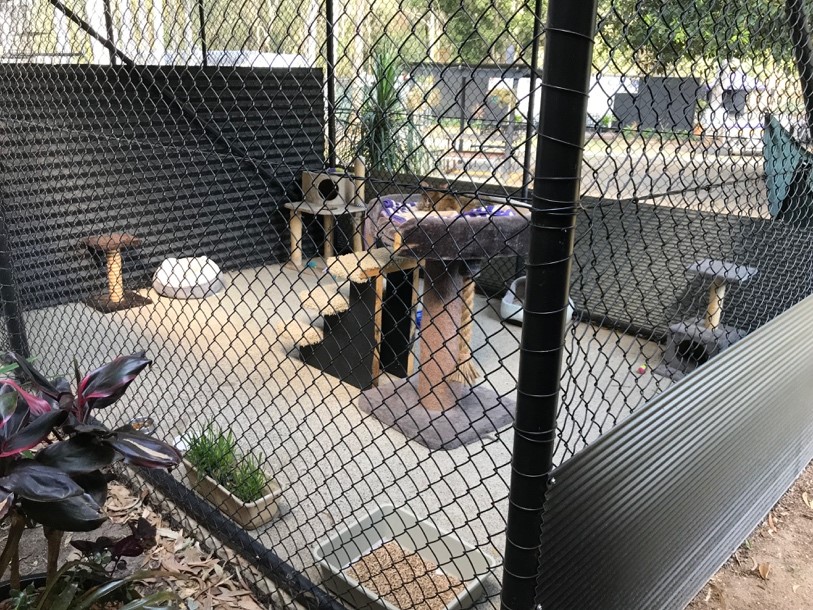
Fig.5 A yard for cat enrichment in cat rehoming area
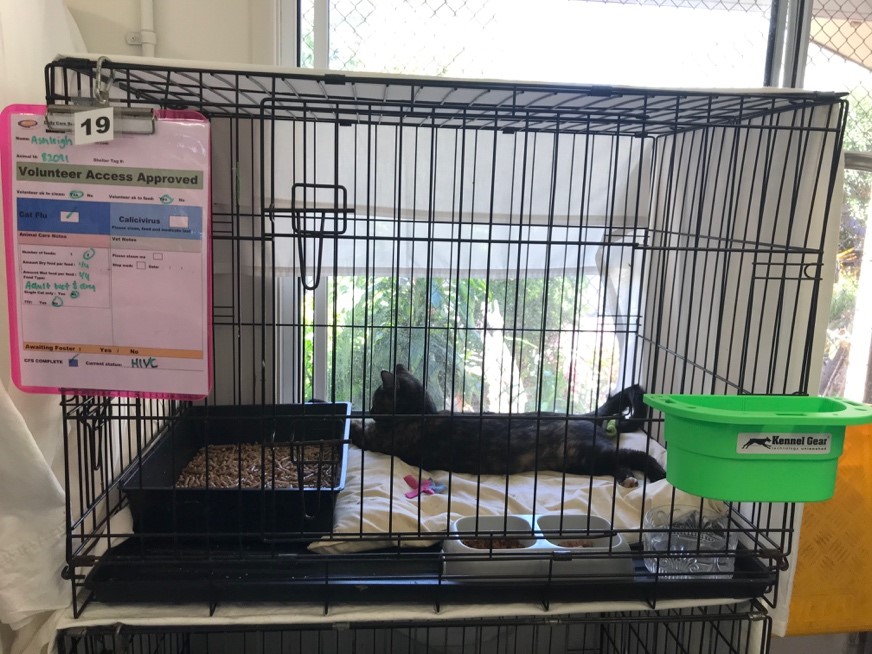
Fig.6 The cage for cat under treatment in cat quarantine area
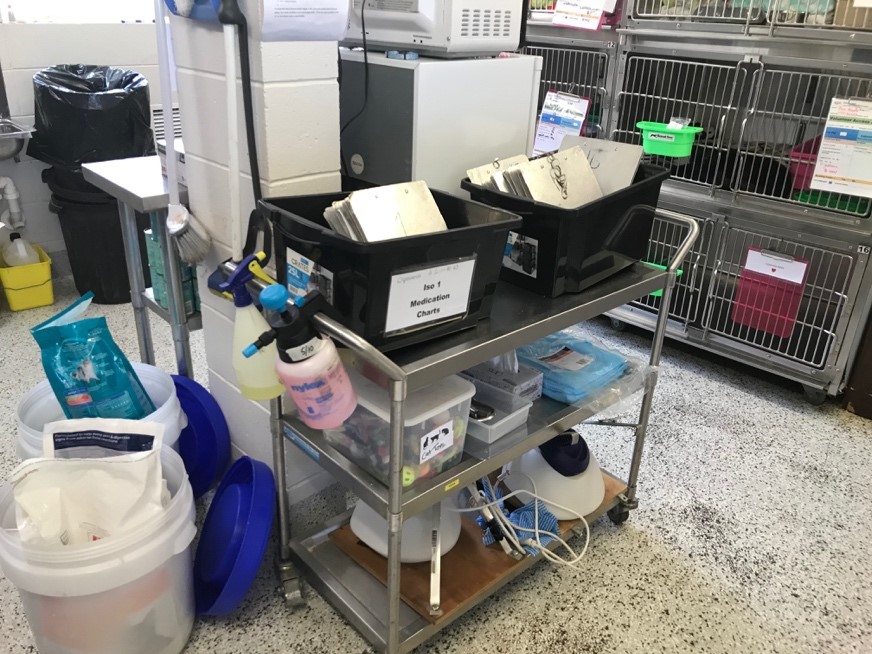
Fig.7 They have food and kennel station for every room in cat quarantine area
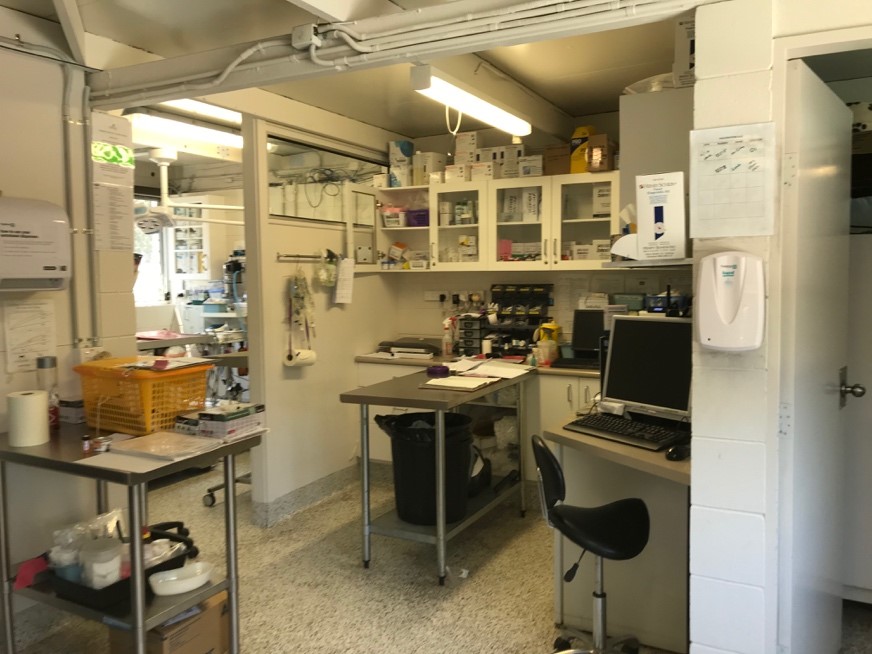
Fig.8 The shelter clinic inside the cat quarantine building, specialized in treatment of cat in the shelter
Fig.2 Inside the cat pen in cat rehoming area (from door side)
Fig.3 Hallway of cat rehoming area
Fig.4 Every cat pen has cat palls and toys for cat enrichment in cat rehoming area
Fig.5 A yard for cat enrichment in cat rehoming area
Fig.6 The cage for cat under treatment in cat quarantine area
Fig.7 They have food and kennel station for every room in cat quarantine area
Fig.8 The shelter clinic inside the cat quarantine building, specialized in treatment of cat in the shelter